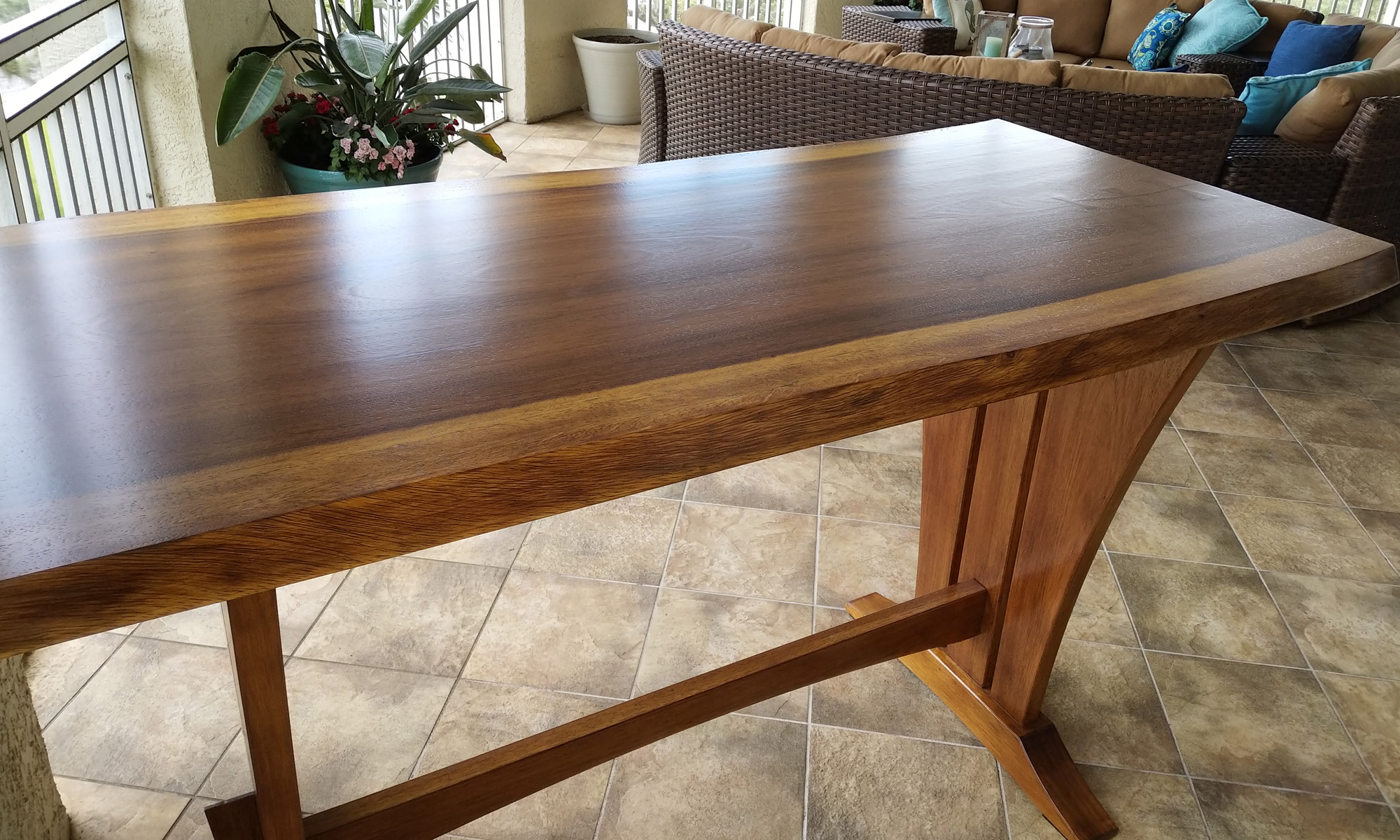After drilling the shelf support pin holes, the next step was to prepare the cabinet shelving. As the cabinets are to be painted, I just use 3/4″ plywood for the shelves and apply iron on wood edging to the edges to conceal the raw edges.
I like to apply the edge banding to the sides of the shelf first, and then to the front and back of the shelf. It is a small touch, but it means the front edging is overlapping the side edging and so there is less chance of any joint being visible when viewing the installed shelving.
The first step is to secure the shelf in a vise. Then, using a pair of scissors cut a piece of edging about an inch longer than needed. I don’t have a dedicated iron for this job. Up till now I’ve managed to sneak my wife’s iron out to the workshop, I’m pretty sure she doesn’t read this blog either so I think I’m safe! I set the iron to the “cotton” setting. That would be the hotter setting, although I’m not much of an expert when it comes to irons. Slowly move the iron over the edging so that the adhesive melts and sticks the edging to the shelf. As you do this make sure the edging overlaps the shelf slightly on each side. The edging is 13/16″ wide so you should have about a sixteenth overlap on each side of standard 3/4″ plywood.
Then, apply pressure to the edging using a veneer roller.
Using a pair of scissors, cut the edging on each side, leaving about an 1/8″.
Using a double edge trimmer, trim both edges flush to the plywood.
Using a veneer trimmer, square off the ends of the edging. This is a pretty expensive tool and for a long time I was reluctant to buy it and so used to use a utility knife for this part of the operation. I must admit that once I purchased the veneer trimmer I was pleased with how much cleaner the cuts were and how much quicker I was able to make the cuts.
The final step is to touch up the edges using some 220 grit sandpaper. I like to sand at a slight angle to put a small bevel on the edge.
The corner of the shelf once complete.










